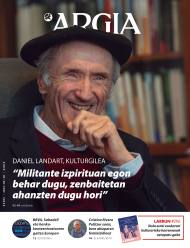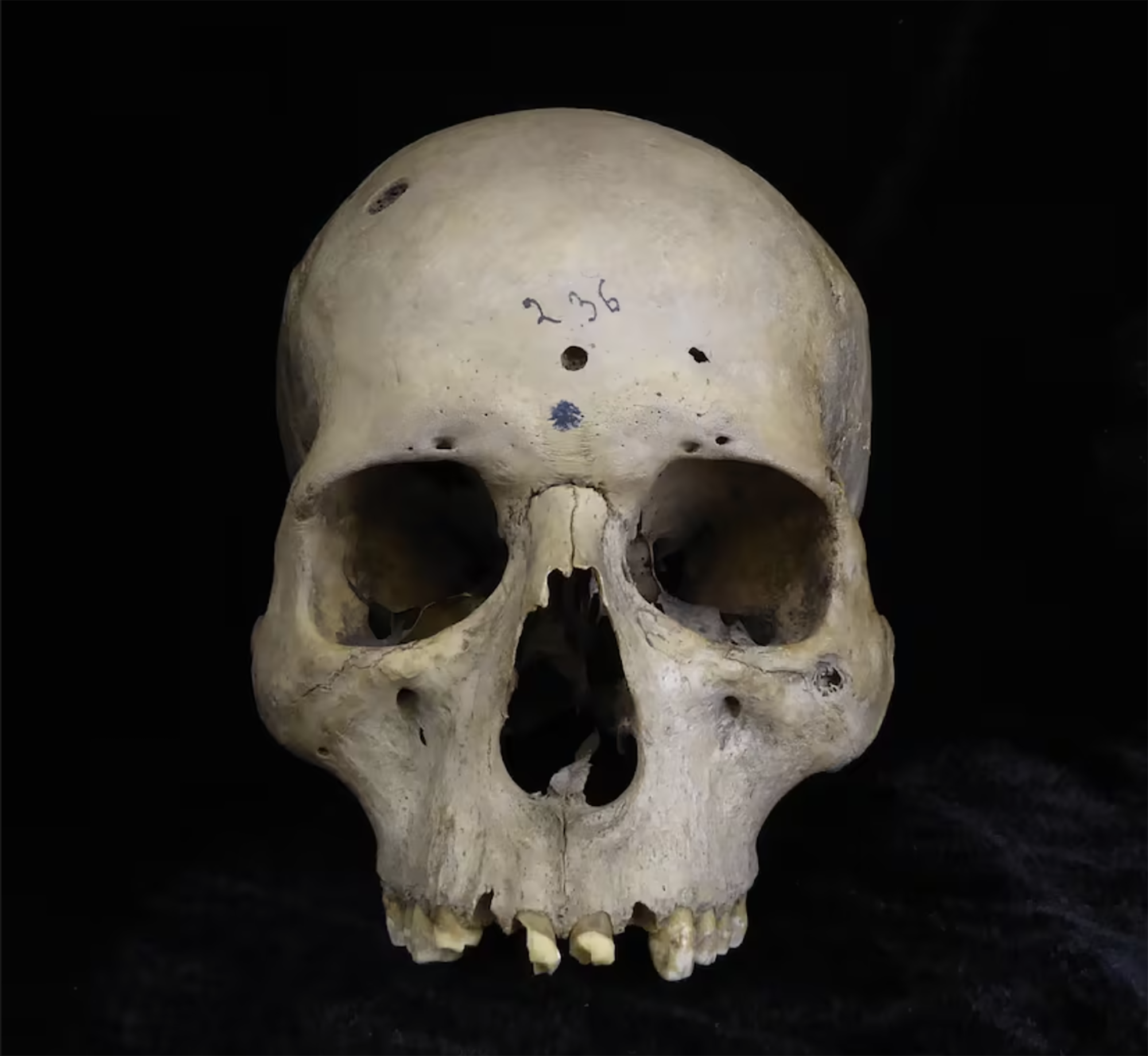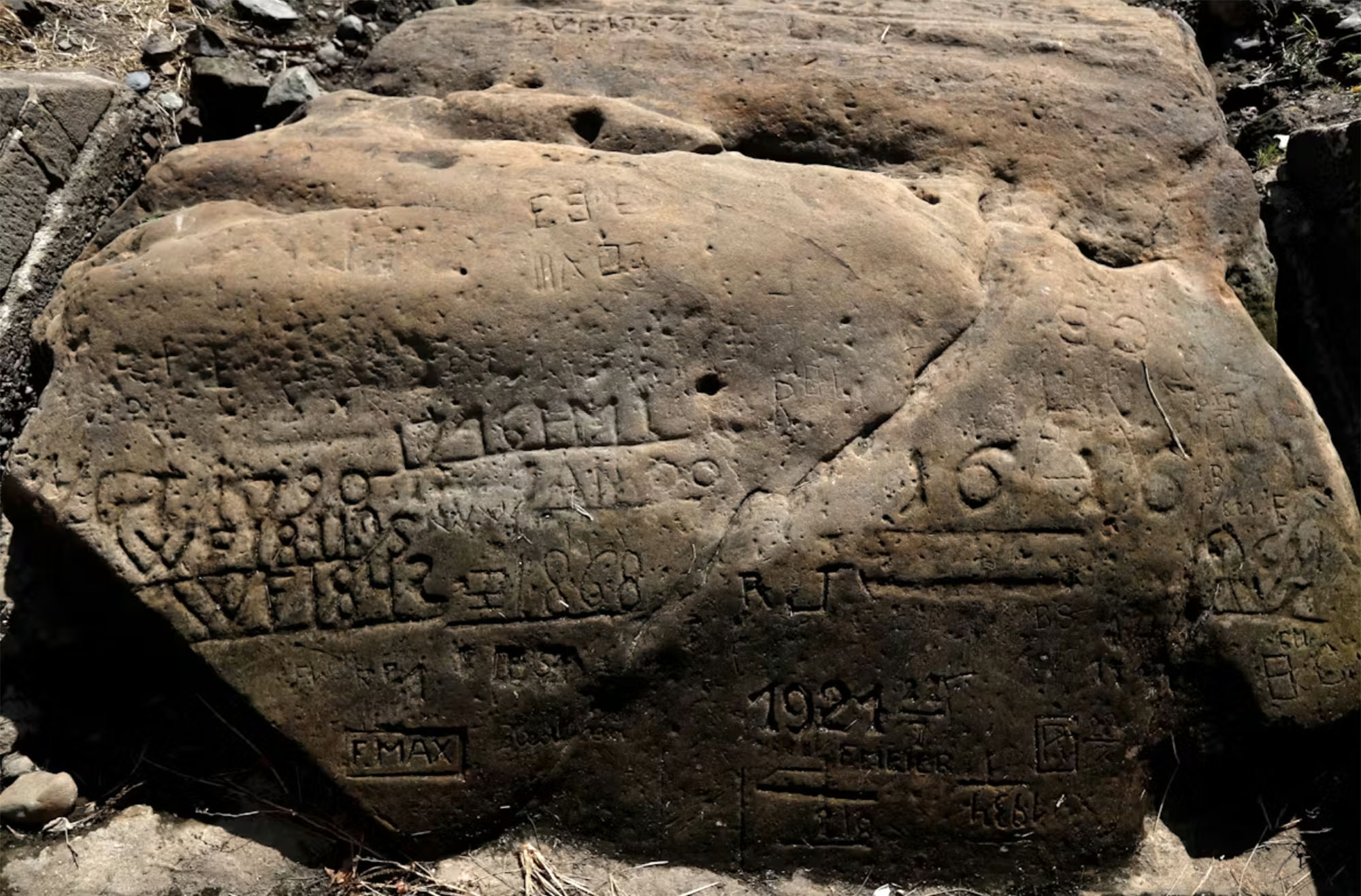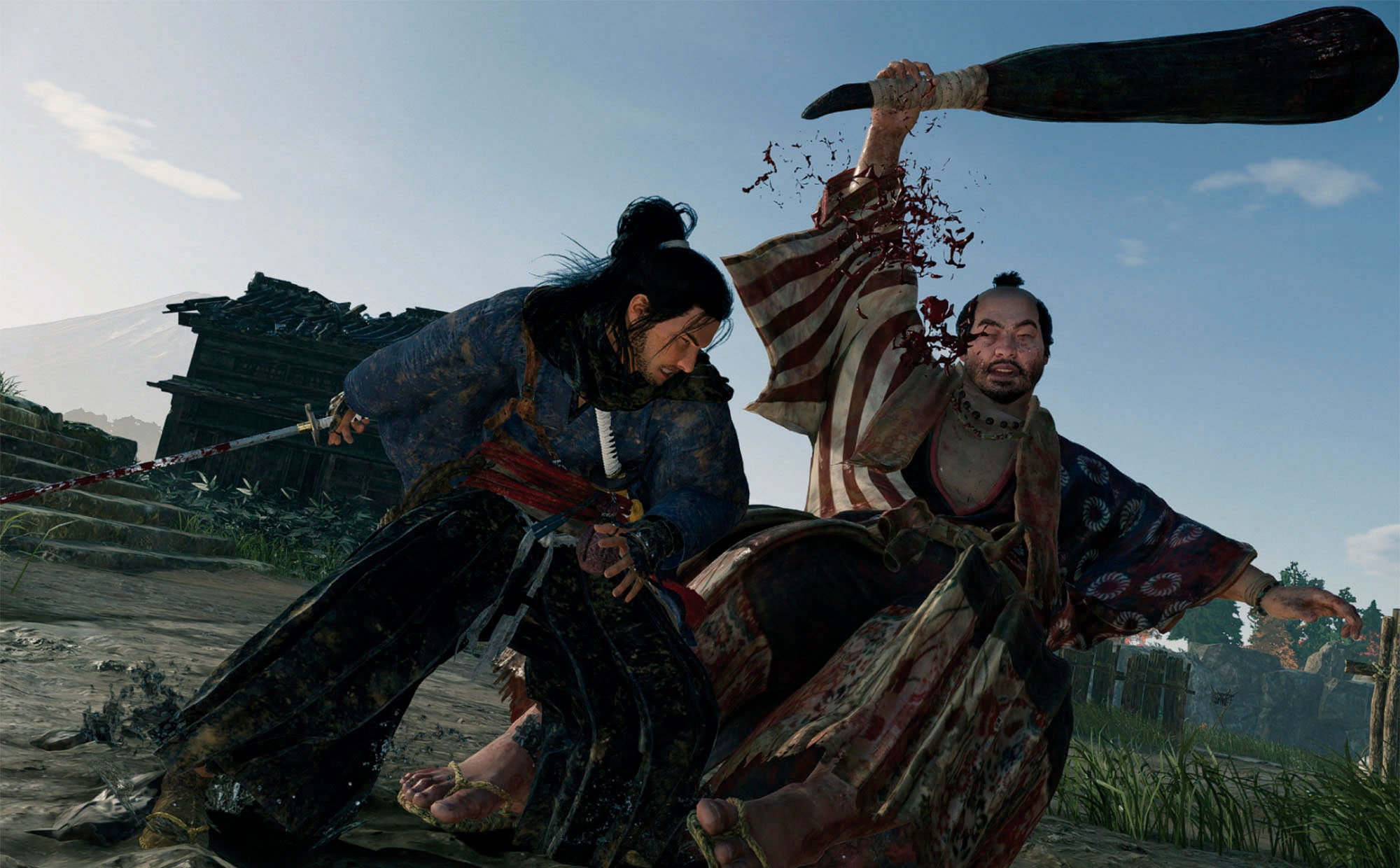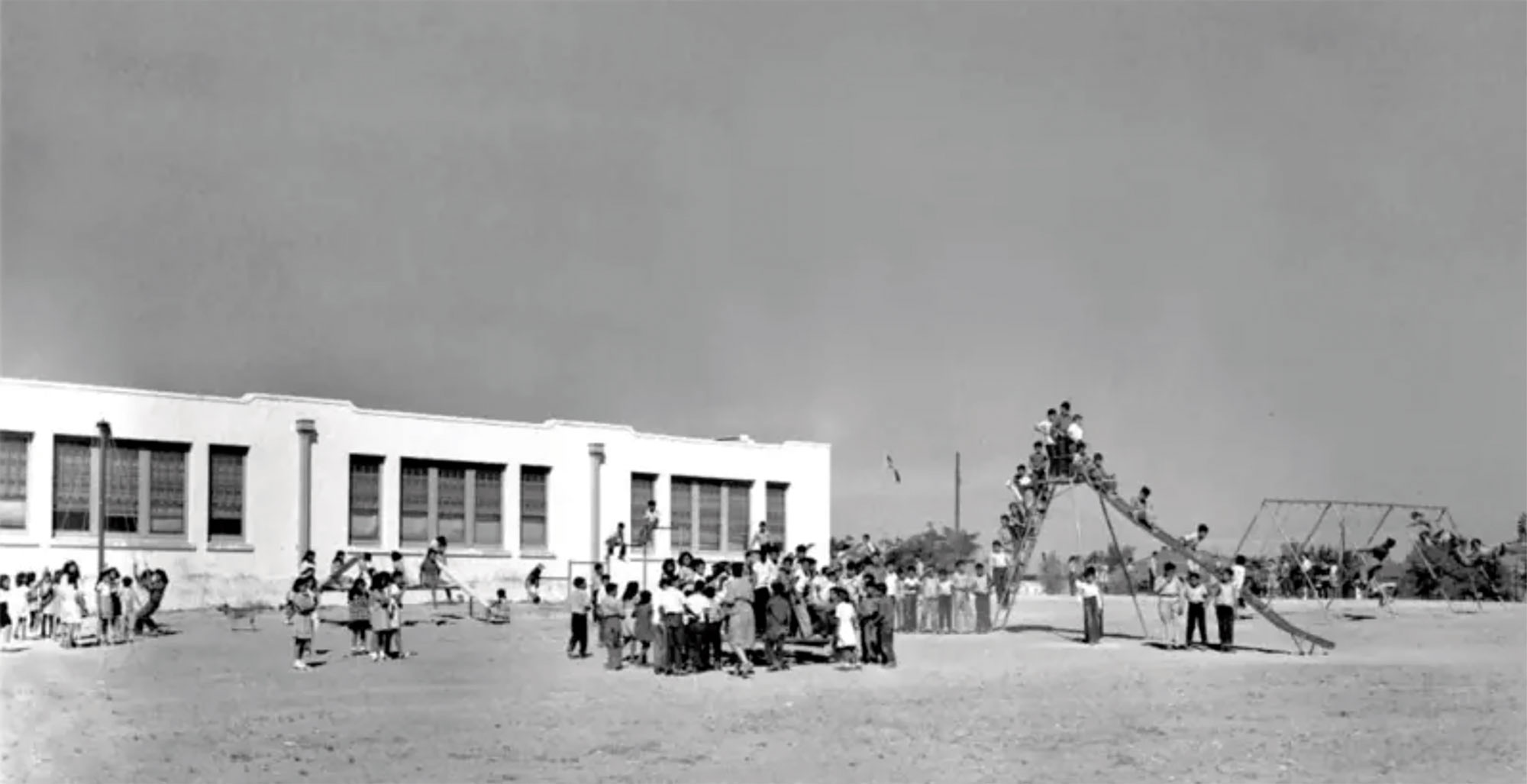Rafah: the 4,000 year division
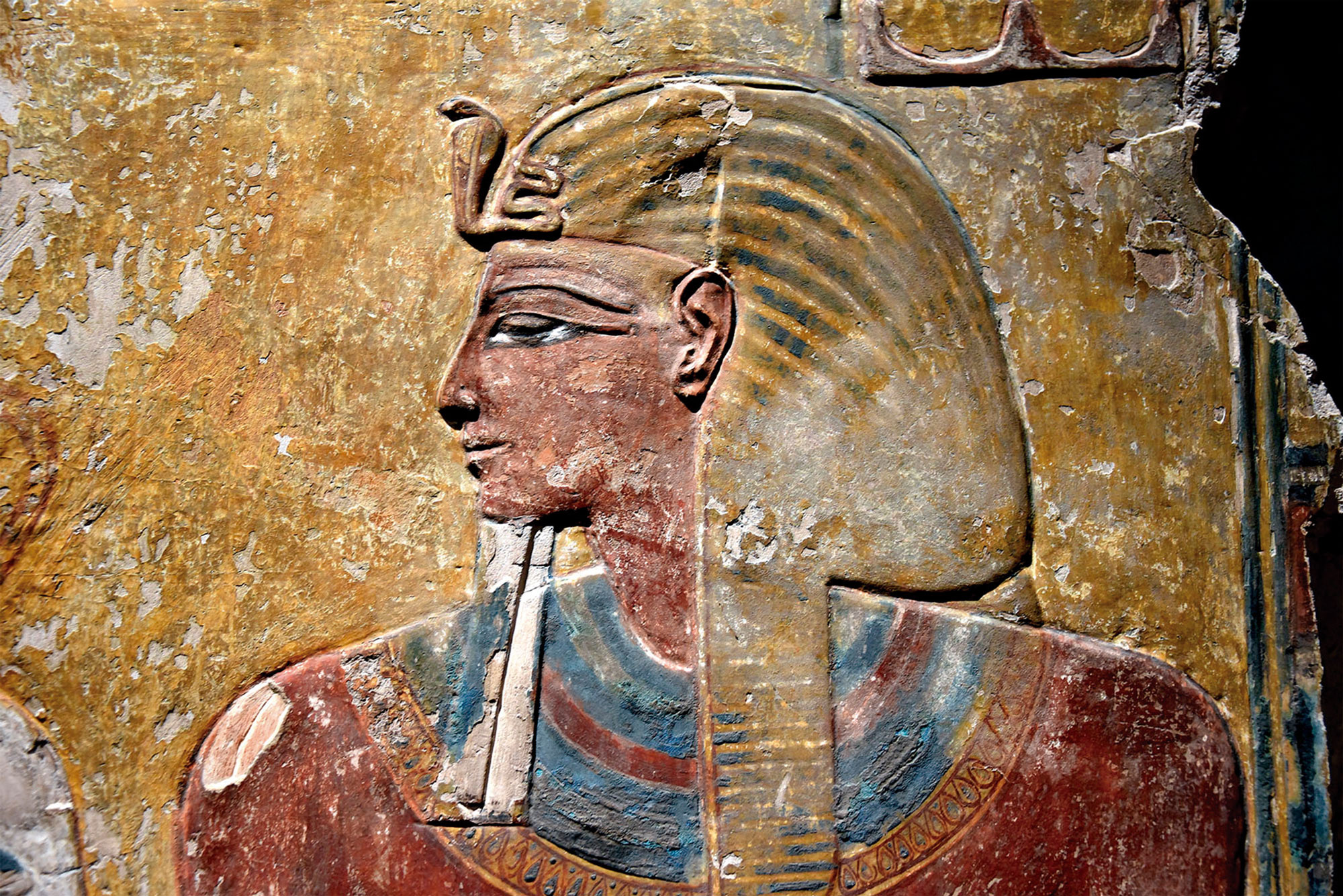
Egypt, a.C. 1303. Pharaoh Seti I received in a sign the military campaigns carried out in the area of Gaza and Syria. This inscription first referred to the people of Robihwa. The Egyptians called it, while the Assyrians called it Rafihu, the Greeks and the Romans Raphia and the Arabs Rafah.
Located south of the Gaza Strip, at the entrance of the Sinai desert on the Mediterranean coast, Rafah was in a position of great interest. Besides being an important commercial and local navigation center, it was the scene of conflicts.
One of Rafah’s most tempting fighting, a. C. It took place around 217, when Egyptian King Ptolemy IV.ak conquered the Syrian emperor Antio III. Over 120,000 soldiers and nearly 200 elephants fought on the battlefield, so it is among the great wars of classical antiquity. To sign the peace he married Ptolemy V.arekin, daughter of the defeated Syrian emperor, Kleopatra, son of the victor Sira. The wedding was held in Rafah.
South of the Gaza Strip, Rafahk had a position of great interest at the entrance of the Sinai desert on the Mediterranean coast.
During the crusades, in the 12th century, the city was completely destroyed and the survivors were forced to flee. When the Ottomans took the area under control, Rafah would not quickly regain the brightness of the past. For the Ottomans, the mail at the gates of the desert was a simple station.
Despite the loss of importance, Rafah would have been on more than one occasion a bloody battlefield in the coming centuries. For example, Napoleon Bonaparte's army destroyed him in the late 18th century in the campaign of conquest of Egypt and Syria.
Zionists and divisions
At the beginning of the 20th century, several Zionist organizations tried to secure land in their environment for the Jews to replenish, but the Ottomans rejected the plan. After World War I, when the Ottoman Empire disappeared and Rafah was under British control, the Zionists tried again, but the British did not accept the initiative either.
During World War II, Rafah was a British military base that attracted many Muslims seeking work from other Palestinian cities. But when the State of Israel was created in 1948, the city acquired its present status, and in 1949 the Rafah refugee camp opened. According to the United Nations Refugee Agency (UNRWA) in Palestine, Rafah was recently created “the largest and most populous refugee camp on the Gaza list.”
During World War II, Rafah was a British military base that attracted many Muslims seeking work from other Palestinian cities. But when the State of Israel was created in 1948, the city was acquiring its present character.
The city was under Egyptian control until 1967. During the Six-Day War, the Israelis occupied the Sinai peninsula and the entire Gaza Strip, including Rafah. Egyptians would be able to recover Sinai in 1982. But five years earlier, in the Camp David peace agreements of 1977, they did not recover, at least in their entirety, Rafah. The border between Egypt and Israel drawn at Camp David passed over the city. A fence divided the city into two. “Those living in divided houses will have to decide which jurisdiction they want to live in,” Australian journalist Janet Hawley wrote, “and they will have to open their house door in the chosen area.” The barrier that divided hundreds of families was widening, creating a demilitarized line called the Philadelphi corridor.
Over the past decade, the Egyptian authorities have depopulated the fence and brought down thousands of buildings, expanding the corridor in the Egyptian area. On the other hand, in recent months, the population of Rafah has grown enormously; according to UNRWA, in the city where, before the last Israeli attacks, there were 280,000 Palestinians, it now accumulates about 1.5 million.
Two years ago, the Catalan archaeologist Edgard Camarós, two human skulls and Cancer? He found a motif card inside a cardboard box at Cambridge University. Skulls were coming from Giga, from Egypt, and he recently published in the journal Frontiers in Medicine, his team has... [+]
Elba basin, 1417. Due to the drought, the level of the river dropped considerably and someone marked the level of the water in a stone, carving a sign: “If you see this stone again, you will cry. The water was at this level in 1417.”
The following sign is 1616: “If you... [+]
A few weeks ago Sony launched the video game Rise of the Remaknin, in which experts highlighted the historical position of the game. The game is located in Japan in the middle of the 19th century, near Yokohama, Edo and Kyoto.
Or it was the last years of the era, the bloody... [+]
Marfa, 1954. At Blackwell Elementary School in this Texas desert village, children were forced to participate in a peculiar ceremony. The teachers distributed pieces of paper to them and asked them to write: “I will not speak Spanish, neither at school nor at rest.” They put... [+]
Rome, a.C. 443. Censors were elected for the first time. Two centuries later it would be the most important magistrature of the Republic. Every five years, they chose two censors among consular senators.
It was a position of great responsibility: they were primarily responsible... [+]









